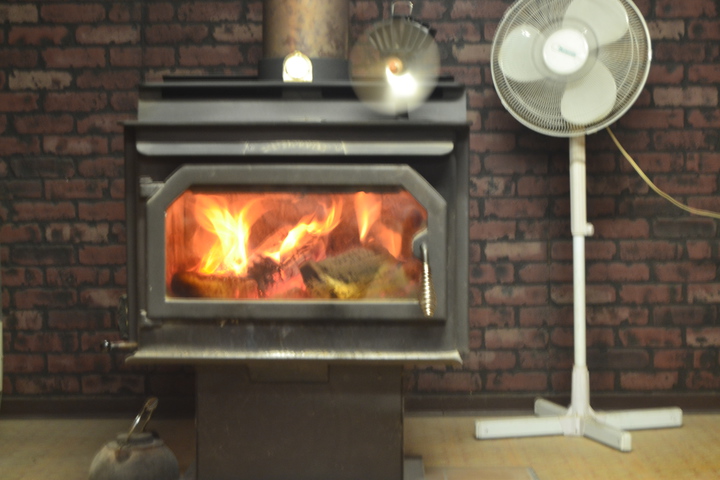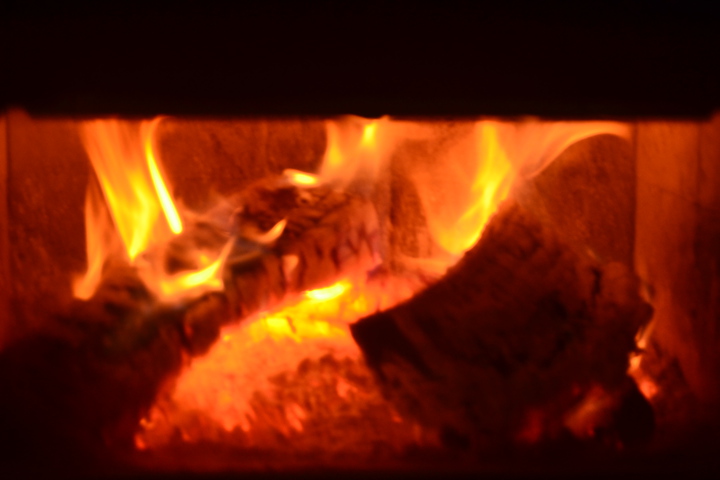37chief
Well-known Member
- Location
- California
I installed my wood stove years ago. The wall behind the stove was sheet rock. I added a brick wall in front of the sheet rock. The bricks are about 1 inch from the sheet rock. anchored to the wall with tin strips. I thought it would be a good idea to fill the space with cement. I found out later there should be a air gap between the sheet rock, and the bricks. The stove is around 14 inches from the bricks. The bricks get super hot. I put a piece of tin sheet behind the stove to keep the brick wall cooler. After all that my question is: can the bricks get so hot, and heat the cement and sheet rock, and wood wall frame to start a fire. Wife isn't too happy to see a piece of sheet metal behind the stove all winter. Stan



